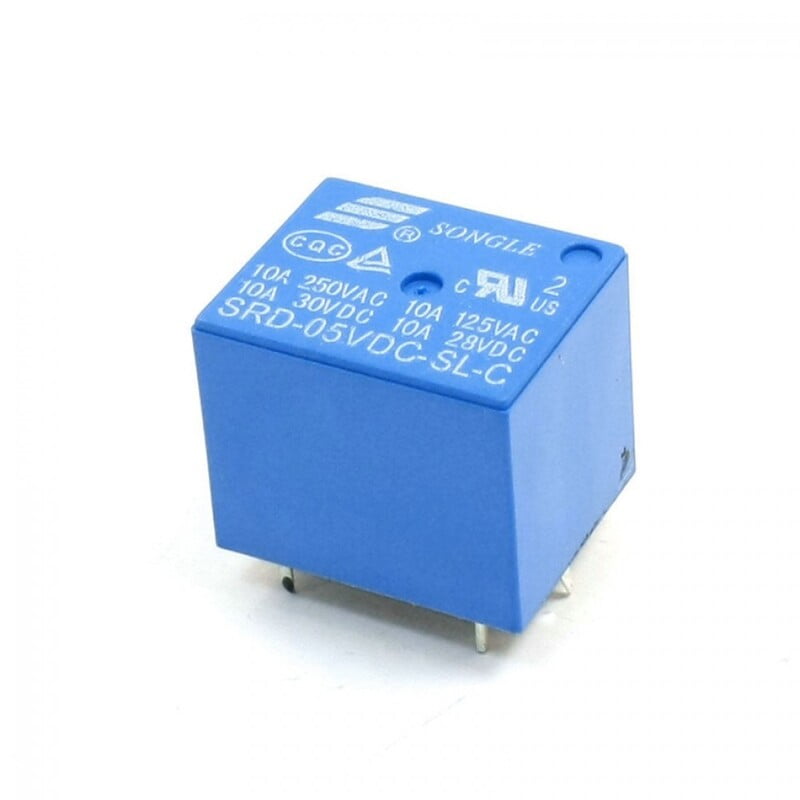
Relay 5V
Non-returnable
2.000BD
Relay 5V is designed to provide a reliable and efficient way to control electronic components. With a high-quality relay and a durable design, this component is perfect for use in various applications, including electronics, electrical systems, and telecommunications.
Choose Quantity
Product Details
Electronic Components
Usage scenarios:
Features:
• High-quality relay
• Durable design
• Easy to use
• Compact size
• Relay 5V
Usage scenarios:
• Controlling electronic components in electronics, electrical systems, and telecommunications
• Building custom electronic systems for specific applications
• Repairing electronic systems
• Creating custom electronic solutions
